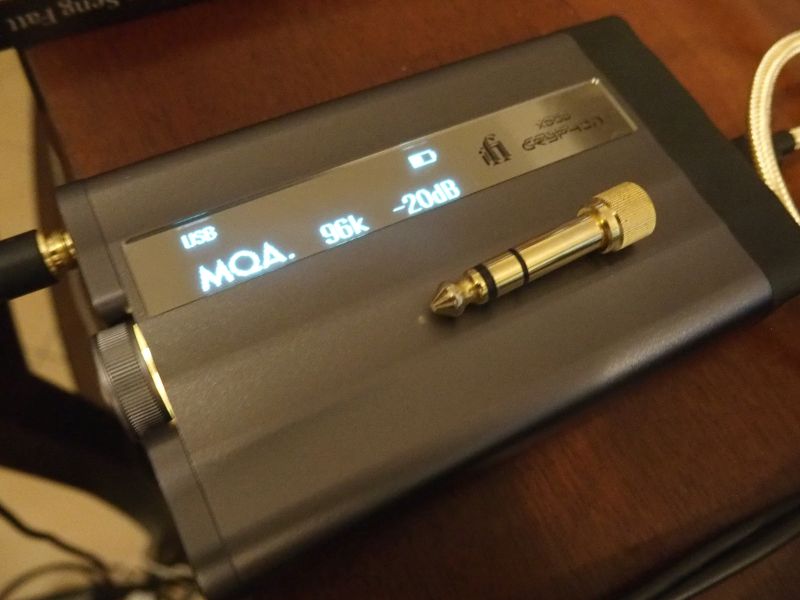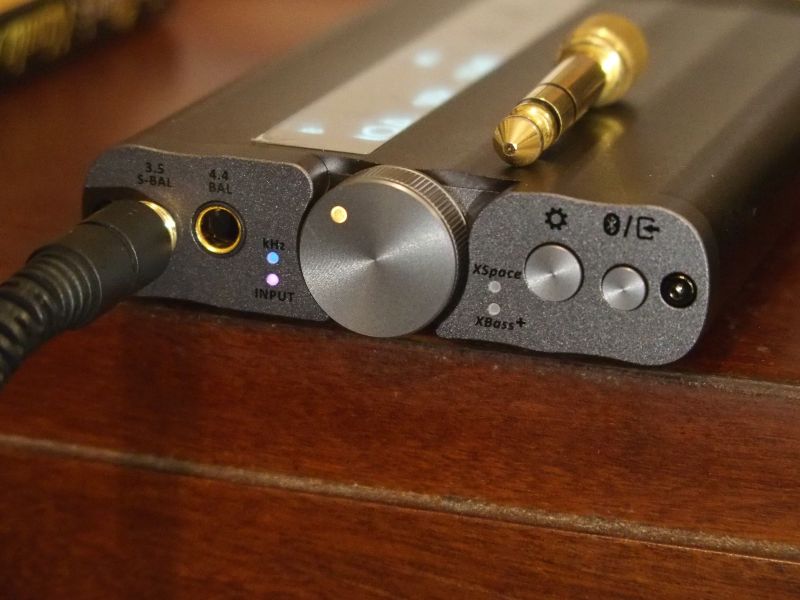
By Lam Seng Fatt
From the outset I have to make a statement — the iFi xDSD Gryphon DAC/headphone amp is one of the best headphone amps I have heard. It is indeed a pocket-sized gadget that offers great performance that can take on larger and more expensive components.
Using a laptop as source and Tidal for most of the songs, I compared it with my iFi ZEN DAC, which is an excellent buy at its price range, and the ZEN DAC sounded thin. The Gryphon has a big soundstage and a very full-bodied dynamic sound reminiscent of the Chord Hugo while at the same time offering well-defined and separated images, lots of depth and the impression that the singer is much nearer to my ears.
And it sounded more powerful too albeit not as powerful as the Diablo (see https://www.av2day.com/2021/01/ifi-idsd-diablo-devilishly-good/). It drove the Sennheiser HD600, the AKG K240 Mk II and the Audio Technica ATH M-50x effortlessly. When I used Moondrop IEMs, I had to turn the volume down a lot with the IEMatch switch ‘off’. I have to say the Moondrop IEMs were not a good match and the sound was thin and bright, but with the Sennheiser and especially the AKG, the sound quality was fabulous. The Gryphon paired with the AKG exceptionally well.
According to the iFi website, the xDSD Gryphon uses “a hybrid Burr-Brown DAC chipset which is the same as used in its £3,000 flagship, the Pro iDSD Signature”. The Pro iDSD Signature uses a quad-stack of the Burr-Brown chips, but I am not sure if the Gryphon uses a quad-stack as well.

The Gryphon, which was launched last Friday, accepts digital sources via USB, S/PDIF or Bluetooth. iFi has paid a lot of attention to Bluetooth as it uses the latest QCC 5100 series Bluetooth v5.1 to accept the latest formats aptX Adaptive and aptX HD, LDAC and HWA/LHDC, regular aptX and aptX Low Latency, AAC and SBC. On Bluetooth, it accepts up to 96KHz PCM while on S/PDIF (which also features an optical input) it accepts up to 192kHz PCM.
On USB C, the Gryphon can handle PCM up to 768kHz and DSD512 and full-decoding of MQA files up to 384kHz PCM.
The Gryphon also offers analogue sources via 4.4mm or 3.5mm inputs. These can also be converted into outputs and be wired to active speakers.
There are lots of other features like XSpace and XBass II but after trying them, I turned them off.
Another interesting feature is the filters — according to the website they are Bit-Perfect (no digital filtering), Standard (modest filtering, modest pre and post-ringing) and GTO [Gibbs Transient Optimised] (Upsampled to 352.8/384kHz, minimum filtering). However, on the Gryphon’s OLED display panel, the filters are identified as STD, BP and MIN. I do not know if MIN is the same as GTO.
After playing around with the filters, I settled on Bit-Perfect as that gave what I felt was the most cohesive sound. I used the BP filter for most of the listening sessions.
A most convenient feature is that the Gryphon can be charged via USB C with a normal 5V smartphone charger. On a full charge, it played for almost six hours non-stop with the AKG K240 Mk II (55 Ohms).
At the retail price of RM2,929, the iFi xDSD Gryphon is surely a good buy as it can hold its own against more expensive components.
iFi products are distributed by E1 Personal Audio Malaysia in Sungei Wang Plaza, Kuala Lumpur.
